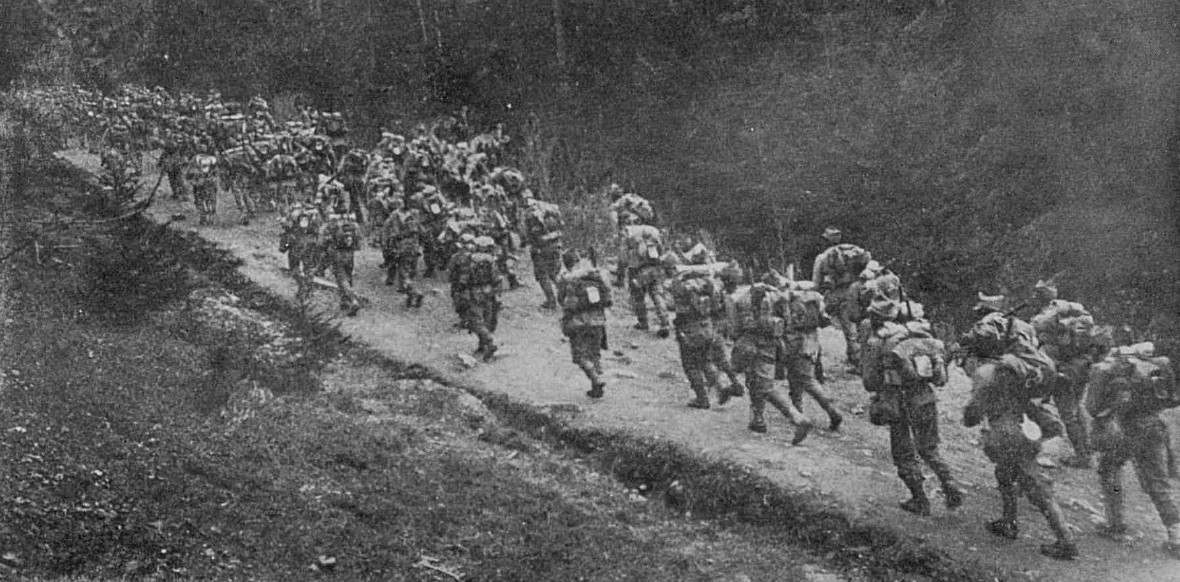
The Romanian Army
After the end of the War for Independence, Romania enjoyed a period without armed conflicts. Thus, the Romanian army came to the end of a period of almost 40 years of peace. The Romanian army’s problems came to light during its participation in the second Balkan war. However, a thorough analysis of all component aspects was not carried out, and the measures introduced were far from sufficient. The rapid reorganization of the army during the day before entering the war did not have the desired results. The army was forced to pass through a ‘baptism of fire’ and was reorganized with help from the the French military mission.
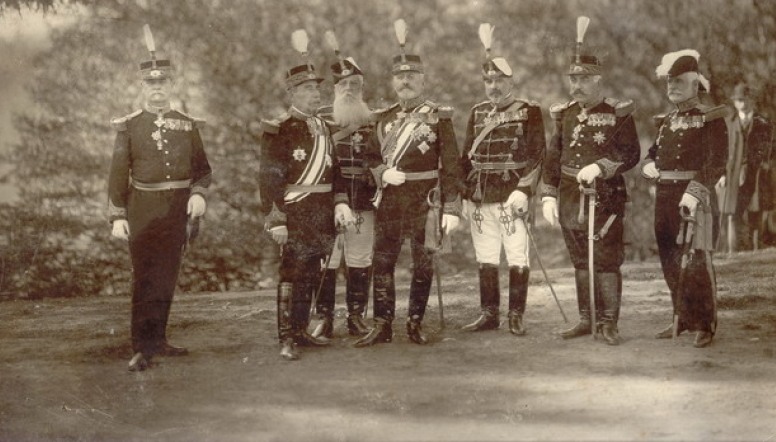
1 of 7
For the second time in the history of modern-day Romania, the General Headquarters was set up, after Romania’s entry into the First World War. The Department of War was divided into two bodies. The first was the General Headquarters, the main organ for planning and leading military operations. This was dependent on the rule of the supreme commander - king Ferdinand I. The second body was the Department of War, the static branch. This came under the War Ministry, and had attributes in domestic affairs, taking care of recruitment and mobilization.
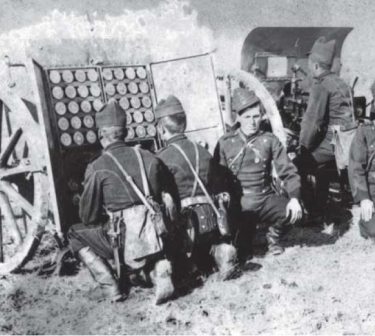
2 of 7
Equipping the army with weapons after the War for Independence was mostly done through foreign acquisitions. The Romanian kingdom joined the Central Powers. Due to this reason, purchases were mostly made from German businesses - for artillery weapons - and Austrian - for light infantry weapons. Equipment for aeronautics and the navy were made through French, British and Italian companies.
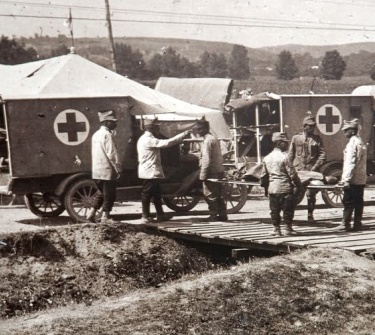
3 of 7
From a medical perspective, both the country and the army had a series of deficiencies. For the solution of these issues, king Ferdinand I passed a law concerning the Health Service of the army. This law was initiated by Ion I.C. Bratianu, as President of the Council of Ministers, and as War Minister. Shortly afterwards, the Central Sanitary Committee was founded, with the role of studying, organizing and preparing the country, from a medical viewpoint, for the possibility of Romania entering the war.
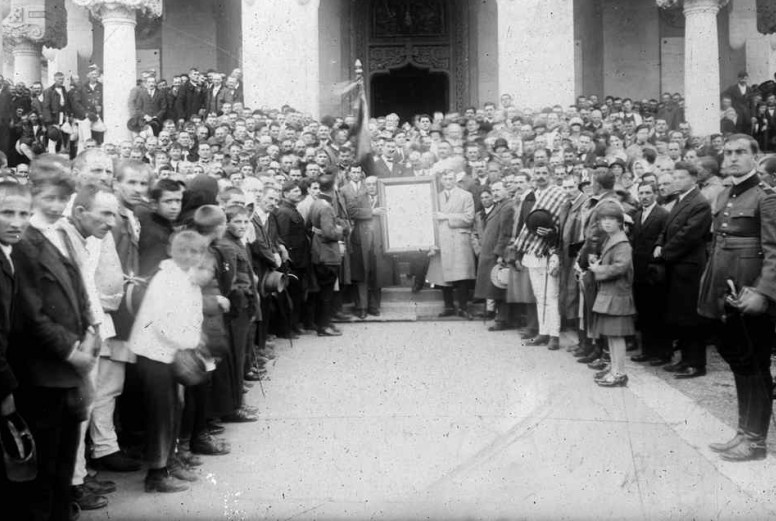
4 of 7
Volunteer soldiers from Transylvania and Bukovina also fought in the Romanian army during the First World War. These soldiers had escaped from the Austro-Hungarian Empire to avoid the draft, had been taken prisoners or had surrendered to the Russians or to the Romanians of the Old Kingdom. They all participated in the fight for the unification of Romania’s territory.
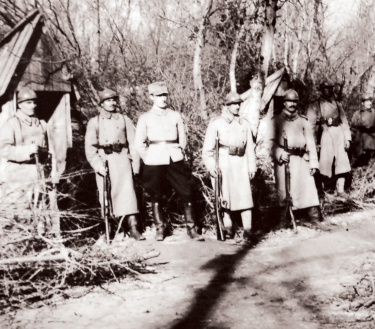
5 of 7
At the outbreak of war, the Romanian army was unable to intervene in force to reach national goals. Its capacity for battle was much reduced. This situation was due to the permanent neglect of the army by politicians. As the historian Constantin Kiritescu showed, “recent political events had shown that our army had deficiencies which reduced its capacity for battle. Political issues - our links with the powers of the Central Powers - made it seem useless; financial issues made it seem impossible.”
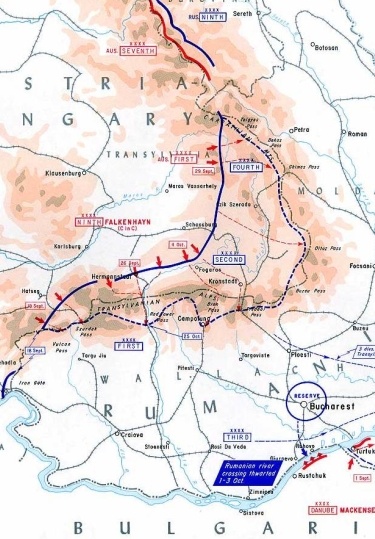
6 of 7
During the period of neutrality, the Department of War prepared many campaign plans, as hypotheses. One of these, ‘Hypothesis Z’, became the Romanian army’s campaign plan. This plan foresaw a general offensive over the Carpathian mountains, in order to crush the enemy in the Transylvania region. This strategic goal was destined for the majority of the forces - three of the four Romanian armies. This meant 80% of the force. The other army would be in defensive positions on the southern front for 10 days. Then, it would go on the offensive in the Dobrogea region, together with a division from the Russian army.
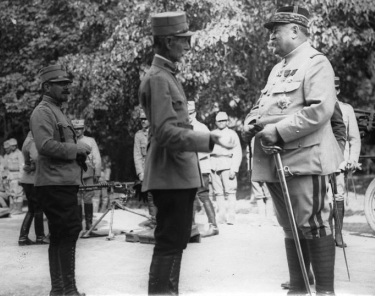
7 of 7
The officers, NCO’s and soldiers from the French military mission played an important role in the reorganization and training of the Romanian army. The French group was led by General Henri Berthelot and was sent by the Triple Entente at the request of the Romanian government. Some of the members of this group fought and fell together with Romanian soldiers in the great battles on the southern Moldova front.
The highest structure of the Romanian army during the First World War was the General Headquarters. Its job was to lead, on a strategic level, the military operations of the Romanian army. The General Headquarters was a temporary command structure, existing only during war time. It was formed at the declaration of mobilization and was dissolved at the end of the war or military campaign for which it was created.

1 of 7
After Romania entered the war, the Department of War split into two. The General Headquarters, the superior organ for planning and leading operations, was dependent on the rule of the supreme commander - king Ferdinand I. The Department of War was the static branch, under the War Ministry. It had responsibilities concerning recruitment and mobilization of troops, and also economic mobilization.
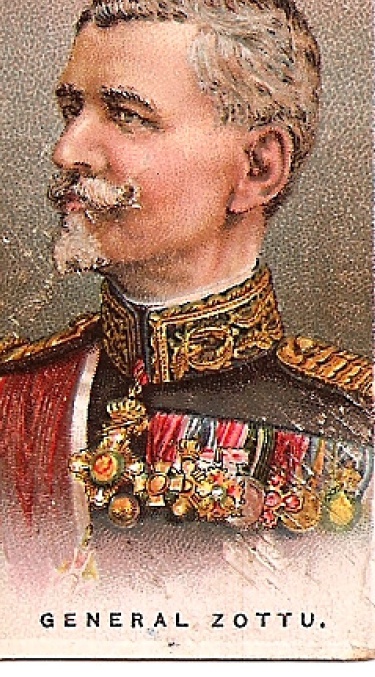
2 of 7
The first leader of the General Headquarters of the Romanian army during the Great War was the division general, Vasile Zotto. Shortly before the war began, he was moved into the reserves, due to his age. On the same day, he was recalled and named leader of the Department of War. After the disaster of the battle of Turtucaia, he was replaced. A few weeks later, Zotto committed suicide in his home in Bucharest.
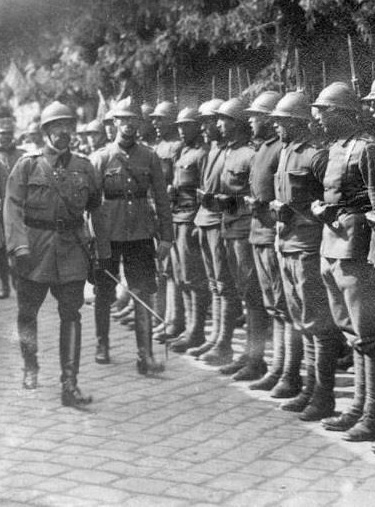
3 of 7
The actual leadership of the General Headquarters during the first months of the year was provided by the brigadier general, Dumitru Iliescu. He filled in for Vasile Zotto, who had health problems. After Zotto’s suicide, Iliescu took over his role, also thanks to his personal relationship with the prime-minister, Ionel Bratianu. The corps of Romanian generals contested his moral authority to lead the Department of War, since he lacked the qualities of a strategist and an officer of war. Dumitru Iliescu was dismissed and sent to Paris, as a representative of the General Headquarters to the Entente.
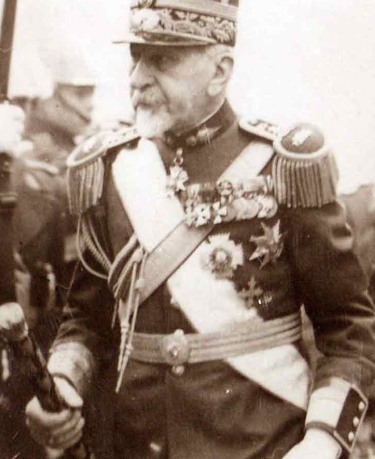
4 of 7
The third leader of the Department of War in the space of three months was the army corps general, Constantin Prezan. He was the favorite of King Ferdinand and prime-minister Bratianu, and was preferred over General Alexandru Averescu. Nicolae Iorga said the truth when he affirmed that “The army found a true leader in the calm security of General Prezan”.
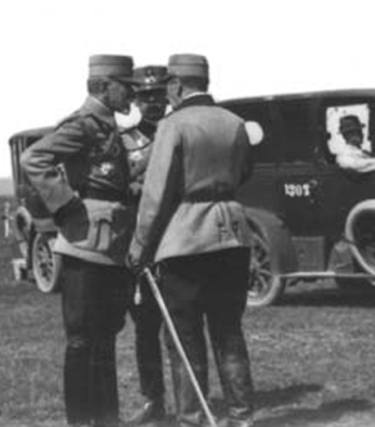
5 of 7
The first objectives and accomplishments of General Prezan in his leadership role were: moving commands, units and large units to the territory between the Prut and Siret rivers and creating partnership frameworks with the French Military Mission. Added to this was negotiating relationships with Russian military leadership. I. G. Duca said of General Prezan: “through his gentle way, through his conciliatory temperament, through his honesty, he managed to win the Russian command’s respect and avoid unnecessary and violent clashes”.
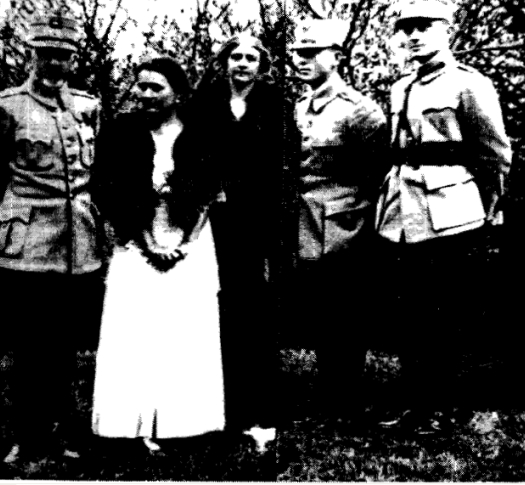
6 of 7
General Constantin Prezan managed to bring order to the General Headquarters. He smoothed conflicts between political and military leaders concerning the failures of the start of Romania’s military campaign. Prezan formed a capable war department team, in which he used young, energetic officers, such as Major Ion Antonescu, but also experienced staff, such as General Alexandru Averescu and General Constantin Christescu. The latter was vice-commander of the General Headquarters.
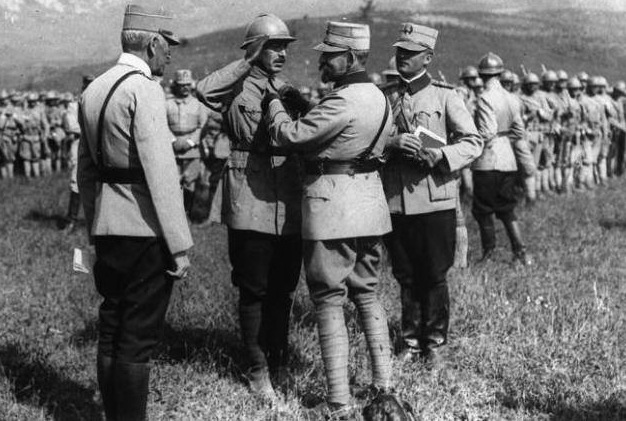
7 of 7
During the last year of war, under the consideration of Russia’s leaving the war, General Constantin Prezan was retired. His place was taken by the division general, Constantin Christescu. He had to resize the armed forces according to the limits set by the Central Powers. At the same time, Christescu had to prepare documents for the department of war and the army, in view of recommencing operations against the Central Powers at the moment considered fit by the authorities.
- Kirițescu, Constantin - Istoria Războiului pentru Întregirea României, vol I., Ed. KartaGraphic, Ploiești, 2014
- Bărbulescu, Mihai; Deletant, Dennis; Hitchins, Keith; Papacostea, Șerban; Teodor, Pompiliu – Istoria României, Ed. Enciclopedică, București, 1998
- Constantiniu, Florin – O istorie sinceră a poporului român, Ed. Univers Enciclopedic, București, 2011
- General Henri Berthelot - memorii și corespondență (1916-1919), Ed. Militară, București, 2012
- Gabriela Pantiș





